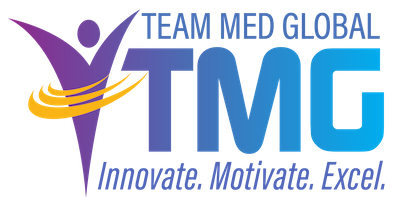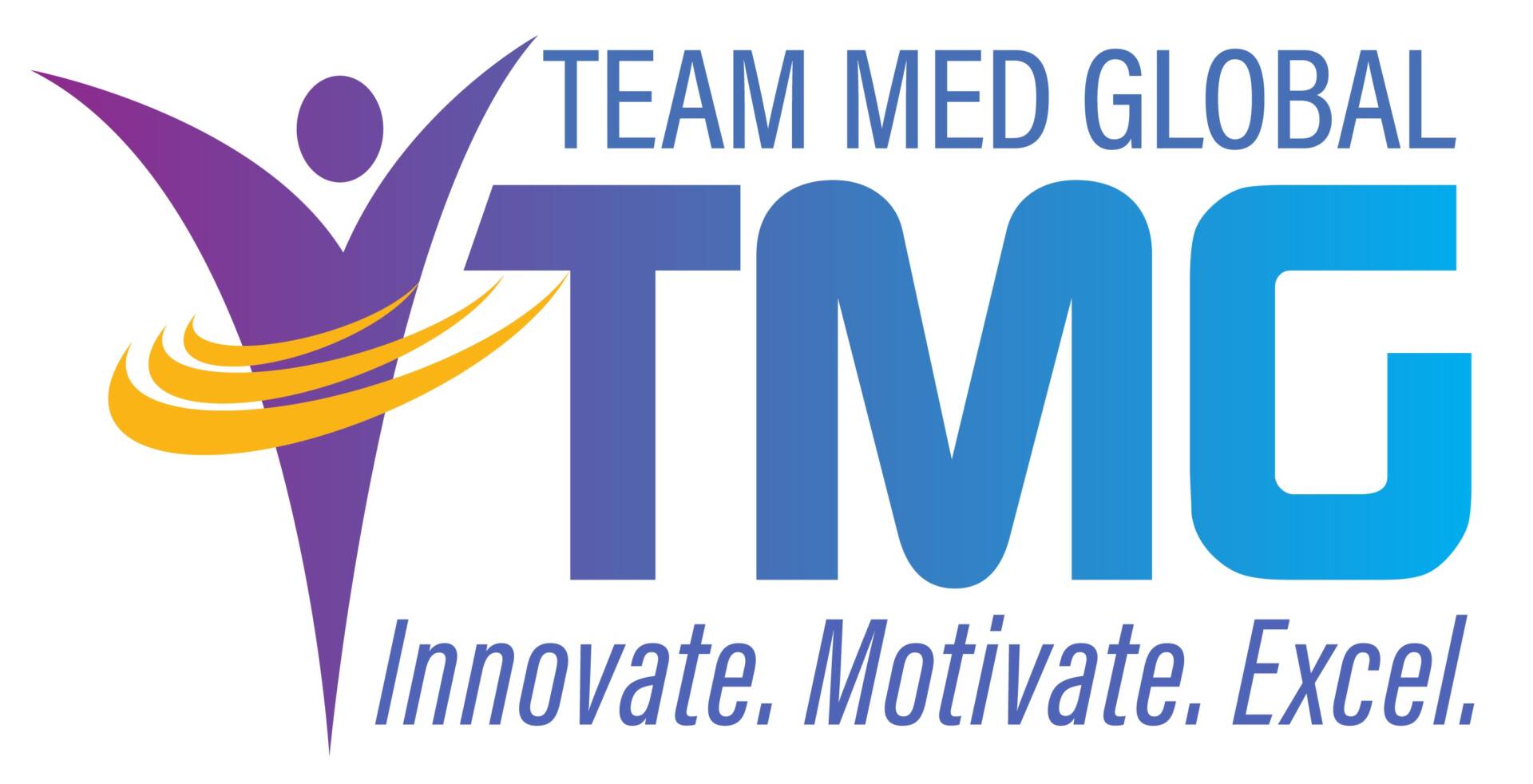 As a Medical Services Professional, you know that the healthcare industry is a dynamic and ever-evolving field. With the constant changes in healthcare regulations, along with technology advancements, the role of Medical Staff Professionals becomes increasingly vital. One aspect that often gets overlooked but is crucial for sustainability and efficiency is succession planning.
As a Medical Services Professional, you know that the healthcare industry is a dynamic and ever-evolving field. With the constant changes in healthcare regulations, along with technology advancements, the role of Medical Staff Professionals becomes increasingly vital. One aspect that often gets overlooked but is crucial for sustainability and efficiency is succession planning.
Why Succession Planning?
Succession planning is the process of identifying and developing new leaders who can replace old leaders when they leave, retire, or pass away. In the context of Medical Staff Services, it ensures that your office remains robust and capable, even in the face of inevitable staff changes.
Continuity of Services: In healthcare, where the stakes are high and errors can have severe consequences, ensuring a smooth transition in leadership and key roles is essential. Succession planning helps in maintaining the continuity of services without disruptions.
Retaining Institutional Knowledge: Experienced staff members hold a wealth of knowledge and understanding of the intricate processes and regulations in healthcare. Through succession planning, this invaluable institutional knowledge can be effectively passed down to newer members, preserving the office’s intellectual capital.
Addressing the Talent Gap: The healthcare industry often faces a talent gap, particularly in specialized administrative roles. Succession planning helps in identifying and grooming internal talent, ensuring that these critical positions do not remain vacant or are filled by under-qualified individuals.
Adapting to Change: The healthcare sector is subject to frequent regulatory and technological changes. Succession planning ensures that the leadership is agile and adaptable, capable of steering the office through these changes effectively.
Employee Morale and Career Development: Succession planning is also a tool for employee motivation. It provides a clear career path for employees, aiding in their professional development and leading to higher job satisfaction and retention rates.
How to Implement Effective Succession Planning?
Identify Key Roles: Start by identifying roles that are critical to the functioning of your office. These include not only leadership positions but also those involved in specialized tasks like provider credentialing, privileging, provider enrollment, managed care, and meeting management.
Assess and Identify Potential Successors: Assess the skills, experience, and potential of current employees. Look for individuals who exhibit a strong understanding of healthcare administration and the specific nuances of your office’s operations.
Develop Training and Mentorship Programs: Implement training programs that equip potential successors with the necessary skills and knowledge. Mentorship by experienced staff can also play a key role in preparing them for future responsibilities.
Create a Transition Plan: Develop a structured transition plan for each key role. This plan should outline the timeline and steps involved in transferring responsibilities to the successor.
Review and Update Regularly: The healthcare industry’s dynamic nature means that succession plans should be regularly reviewed and updated to reflect changes in staff, technology, and regulations.
In conclusion, succession planning is not just a strategy but a necessity for MSPs and their associated offices and teams. It ensures the resilience and sustainability of your office, prepares it for future challenges, and supports the overall goal of providing seamless and efficient healthcare services. As MSPs, investing time and resources in effective succession planning is one of the most significant contributions you can make to the long-term success and stability of your office.

